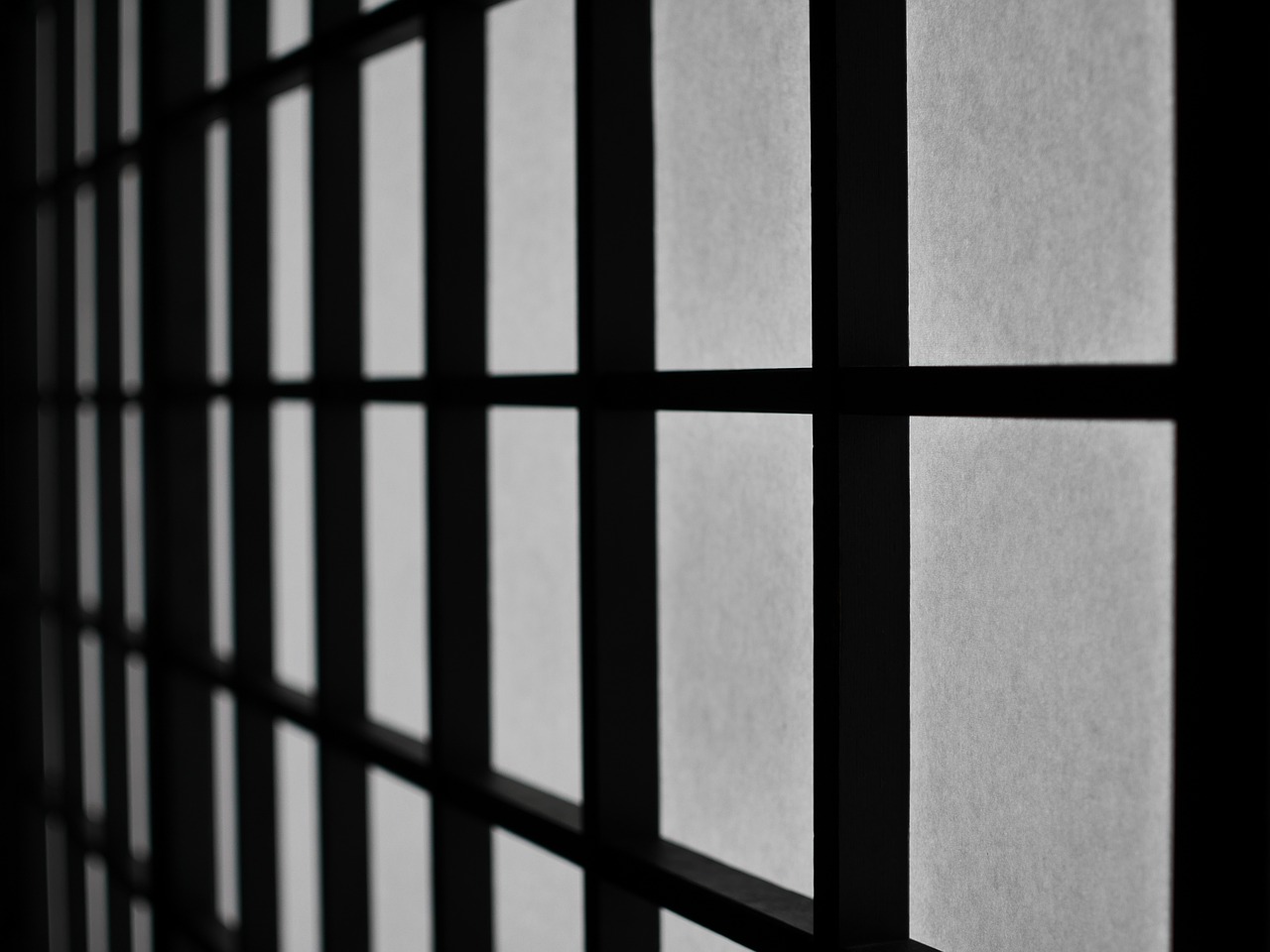
The demand for flameproofing, fire-retardant, non-combustible, and non-combustible processing of wooden fittings is heating up.
Since the Itoigawa fire broke out in 2016, the safety of fires on wooden houses is being questioned. Many experts simply say they are not aware of flame protection, but they do not specify a solution.
We have constant consultations from several fittings shops.
It seems to be exploring variously because it is an industry with a history.
In such a situation, it is inevitable to use fireproof and non-combustible wooden materials.
There is also a need to make building materials such as columns and beams non-flammable, but since they are generally structures covered with fire-resistant boards, etc., the burning order will be delayed. Rather, it is urgently necessary to make non-combustible parts visible from everyday life.
Recently, as the number of Japanese-style rooms has decreased, the production volume of wooden fittings has been on a declining trend. Because it is visible wood. Japanese-style rooms have various wooden fittings. So are shoji, bran, and ranma.
The easiest thing to understand about non-combustible fittings is to use non-combustible wood for all raw materials. However, this is costly and the non-combustible wood becomes hard, which causes problems in workability. That is where post-processing is possible.
If flame resistance and fire resistance can be imparted to wooden fittings by post-processing, construction efficiency will not deteriorate. The material that can give non-combustibility to wooden fittings is soufa.
soufa is an aqueous solution of sodium polyborate with boric acid as the main raw material, which can be brushed, sprayed and roller coated on the wood surface.
Here is the experimental video.
It is highly effective on wood and shows a considerable difference in combustion just by painting. Soufa has a high effect on cellulosic materials and can be applied to shoji paper.
There is a company of wooden fittings in a company I have been dating, but it seems that the shipment volume is decreasing year by year as well. Therefore, we try to keep the price by adding some added value and dig up demand.
There are not many companies that sell flame retardants like ours, and these materials are generally exchanged between factories and companies. However, we offer a wide range of products, including end-users, for our mission of making nearby wood flame-retardant.
There was a consultation from a design office the other day. It is said that all wooden fittings used for interior decoration should be made non-combustible. When he was pointed out, he heard the specific method, but no clear answer was given.
The person who points out does not seem to understand well. However, he said that the fire was bad, so he would like to remove equipment that could cause such a fire as much as possible.
If a certification number is required, a certification number must be obtained for each material. That is, if it is a fitting, it is necessary to obtain a certification number as a fitting. This is so high that it cannot be obtained overnight and is fittings subject to noncombustibility certification in the first place? That is also a question.
If it is flameproof certified, it may be possible to acquire it in a relatively short time because the test level is lowered, but it is still assumed that it is a factory-produced product, and was there a flameproof certified category for fittings in the first place? And the question remains.
The request from the design office was that you wanted to work on site and give it a certification number, but that is very difficult.
Since there is no escape route if it is caught by the Building Standards Law, there are two options: use noncombustible certified products or avoid wooden products.









